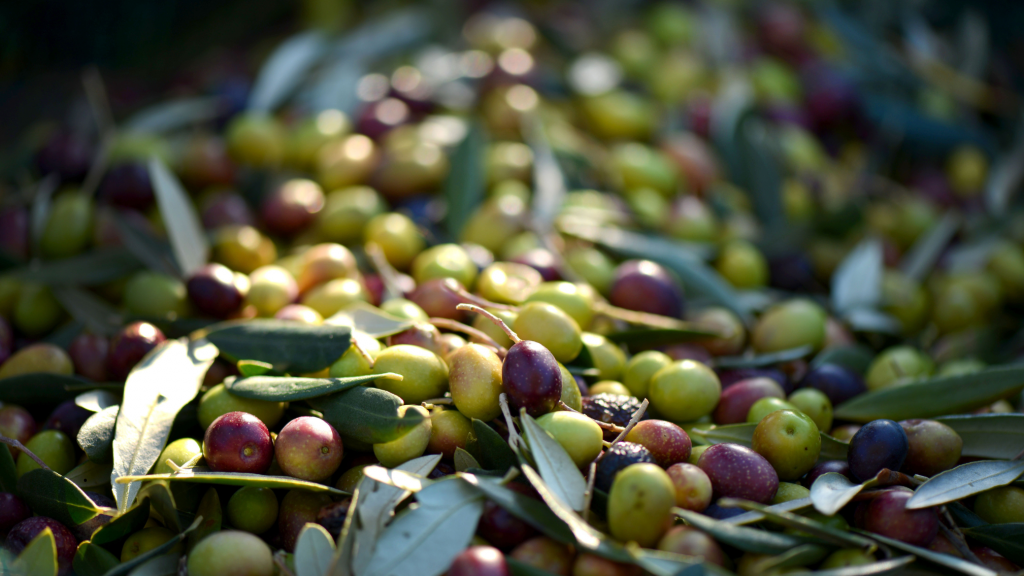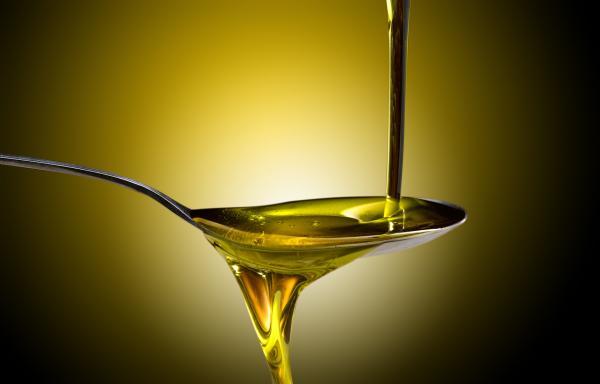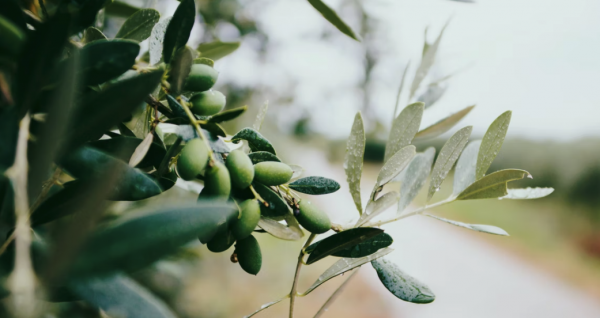In Italy the biological olive groves scatter and grow especially in the Southern part of the country as it is demonstrated by the Ismea biological olive oil value chain analysis.
From 2010 to 2019 the organic olive oil areas doubled (+ 98.1%), reaching 242,708 hectares (ha) and positioning itself as the third largest crop after fodder crops and cereals (excluding meadows and pastures).
According to the 2019 data, the cultivated olive groves with biological methods represent 12% of the whole Italian biological agricultural surface used (equal to 1,993,263 ha).
Organic olive growing in Southern Italy stands out, covering 67.5% of the total area, followed by the Islands with 17.1% (about 16% in Sicily) and Central Italy with 14.1%. The Northern Regions recorded interesting percentage variations,
but in absolute value it is 1,184 hectares more, a measly 1% of the total.
The first 7 regions in terms of biological olive grove surface’s hectares reach together the 92% of the national total and are: Puglia (29,9%), Calabria (29,4%), Sicilia (15,9%), Toscana (6,6%), Campania (4%), Lazio (3,7%) and Umbria (2,5%).
There is growing potential in the biological oil compartment, especially in the Southern part of Italy, where the biological areas exceed the national average only in Calabria (41,2%), in Sicilia (29,9%) and in Basilicata (25,7%).
In Italy, according to the Istat data, re-elaborated by Ismea and referred to 2019, the biological olive oil companies are 42,588; so, around 7% of the total conventional companies which amount to 646.326.
But the peculiarity stands in the fact that this 7% covers 21% of the total traditionally cultivated surface area, which means that the average company dimensions in the biological compartment (5,7 hectares) is three times bigger than the one of
the conventional companies which is 1,80 hectares per company.
This data is particularly clear in some Regions: Puglia, Calabria, Sicilia, Umbria and, Sardinia.
For example, the average dimensions of companies with biological olive tree grove in Puglia is 10,2 hectares, while the overall confirmed average is 2,2 hectares. In Calabria, the bio-olive grove has an average company extension of 7,3 ha on a
total average of 2,1 hectares.
Moreover, the greater part of the biological olive oil companies is led professionally, while the same can’t be said about the conventional olive oil companies.
In Puglia and Calabria, in fact, the biological olive oil companies have a greater market specialization and orientation grade and make up the main biological oil provision basin for the packaging industries. On the contrary, in the other Regions,
the biological companies produce primarily to satisfy the family and local consumptions.
In Puglia, for example, more than 24% of the biological olive grove areas is held by a little more than 3% of the olive oil companies.
This data confirms that the biological agriculture, in these suitable terroirs, is practiced by great dimension and highly market-oriented companies.








